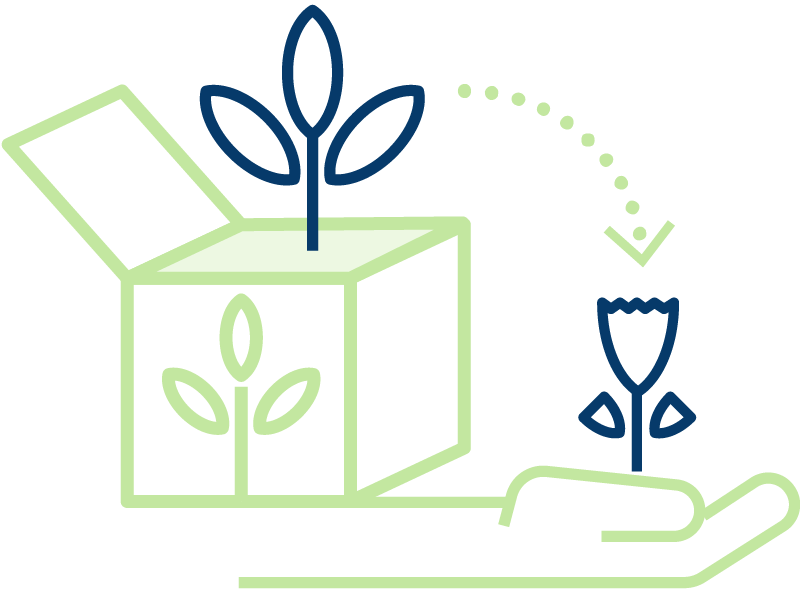Food Recovery

According to the United Nations Sustainable Development Goal 12, “Ensuring Sustainable Consumption and Production,” too much food is being lost or wasted in every country through endemic and systemic ‘food loss’.
13.3%
of the world’s food is lost during harvesting, transportation, storage, and food processing.
17%
of the food is wasted at the consumer level – the house, grocery store, or restaurant – by purchasing patterns in which we buy more than we can use, not recovering edible food to share with food relief organizations, or not composting.
Also according to Goal 12, our over-reliance on natural resources, such as how we use land and water to grow food, is increasing, with usage rising over 65% from 2000-2019. Over 733 million people live in countries with high and critical levels of water stress, which not only means difficulty in growing food and raising animals but also leads to conflict over the sharing and distribution of crucial resources at all geographic levels – from county to country. Our significant usage highlights the loops and interconnectedness of our food system: with our conventional agricultural practices, we are putting our natural resources at significant and critical risk to continue to grow food at a global scale. With a significant portion of food that we grow ending up wasted in the field or in the landfill, we are further exacerbating the pressures on natural resources as well as causing a series of additional environmental impacts.
There are significant challenges in food waste and food recovery in the United States with food waste being the most significant component (roughly 20-25%) of municipal solid waste. According to Dr. Roni Neff from the Johns Hopkins University Bloomberg School of Public Health, we put 40% of the food supply in the United States into landfills, waste-to-energy facilities, or other disposal facilities. Considering the resources that go into our food: the water, the soil, and compost or fertilizer – only to throw out almost half of our food is not only an incredible and increasingly unconscionable waste of natural resources, but it also has other significant environmental impacts. This food waste releases almost a quarter of US methane emissions as it decomposes, with a comparative impact 28 times greater than carbon dioxide on our atmosphere (Overview of Greenhouse Gases | US EPA). Some of this gas is recovered through anaerobic digestion or landfill gas recovery systems, but for most facilities across the country, it is released into the atmosphere.
Reduce Food Waste
On the Southcoast, Bristol, Plymouth, and Norfolk counties’ 2021 Southcoast Food System Assessment (link for FSA) showed promising trajectories for our regional food recovery and waste. Since 2014, food rescued and food donated have increased by 30%. Food waste collection has increased by 50% since 2014. Some of these results can be attributed to policy successes at the State level. From 2014 to 2020, the MA State Organic Waste Ban Policy prevented an estimated 1.5 million tons of food from going into landfills. In November 2022, the waste ban expanded to businesses and institutions producing ½ ton or more commercial organic material per week. While these policy changes have had a significant impact in diverting food waste from waste disposal facilities, we still have work to do to reduce food waste at the source. You can see a list of farms, nonprofits, and businesses that accept organic food scraps and organic waste here https://www.mass.gov/doc/map-list-of-massachusetts-sites-accepting-diverted-food-material-february-2023download
While food waste in the US has increased by 50% since 1970, according to Neff, there are clear and simple steps we can take to reverse that trend. Across the nation and in your home, we can make a few minor changes – whether as an individual consumer, a restaurant, or an institution – and have a significant impact. These strategies would ease the increasing stress on natural resources and reduce greenhouse gas emissions.
Using the EPA’s Food Recovery Hierarchy as a guide, these are steps you can take to reduce food waste in your own life:

- Reduce the amount of potential waste we generate in the first place by buying only what we need to eat that week.
- Prolong the lifespan of foods about to expire through preserving food such as canning, freezing, dehydrating food, curing and smoking food, fermenting, pickling, making jams and jellies, and storing.
- Support legislation to standardize food labeling in Massachusetts and across the United States. Currently, there is no uniform food labeling system in the US, resulting in a significant amount of food being thrown away prematurely because we think it is unsafe to eat. To reduce confusion and wasted food, the US Department of Agriculture and the Food Safety Inspection Services recommends that food manufacturers and retailers that apply product dating use a “Best if Used By” date, as research shows it is one label people understand. We can also urge our Congressional delegation to support a national bill called Food Date Labeling Act which would create one uniform label and make it clear to consumers if the food is still good to eat.
- Increase the amount of food donated in our area. This has been made easier for donors and recipients through the recent passage of the Food Donation Improvement Act (FDIA). This new law builds upon the Bill Emerson Good Samaritan Food Donation Act that provides liability protection to companies donating excess food and nonprofits receiving the food. Currently, the Emerson Act only protects food donations if the final recipient gets the food for free. The new law will ensure the liability protection to donations offered to recipients at a good Samaritan reduced price—a price that is not greater than the cost of handling, administering, harvesting, processing, packaging, transporting, and distributing the food. The new law will also extend protections to specific donations given by food businesses, which are already required to comply with food safety requirements, directly to those in need. Food-insecure individuals can now pick-up food from local restaurants, grocery stores, and schools.
- Join an existing gleaning program or establish a gleaning (harvesting food left on farm fields) program that helps farmers and makes more food available to the community. The Southcoast Food Policy Council is working to develop a gleaning program in our area. For more information, contact sfpc@marioninstitute.org.
- Compost organic materials at home if you can.
- Initiate and promote curbside compost collection by your local municipality. A few towns in MA, Cambridge, Hamilton and Manchester provide curbside food scrap collection alongside trash and recycling collection, so residents do not need to pay extra to participate in this program. Start a dialogue with your municipality and work with a partner such as Black Earth to initiate a curbside collection of food scraps.
Join the Southcoast Food Policy Council in our efforts to reduce food waste and promote food recovery programs through joining as a member for free, joining in our food policy advocacy efforts at sfpc@marioninstitute.org or supporting our efforts at https://www.marioninstitute.org/donatetosfpc.
Resources
- United Nations Sustainable Development Goals
- John Hopkins Center for a Livable Future food system educational tool
- 2021 Southcoast Food System Assessment Production Information
- “Introduction to the Food System” certificate from Johns Hopkins University Bloomberg School of Public Health
- Neff, Roni (editor). “Introduction to the US Food System: Public Health, Environment, and Equity” Johns Hopkins Center for a Livable Future. 2015 Published by Jossey-Bass.
- Greater New Bedford Regional Refuse Management District
- Black Earth Compost blackearthcompost.com and https://youtu.be/MlvKgywcwYg
- USDA Frequently Asked Questions on Food Waste
- https://chlpi.org/news-and-events/news-and-commentary/food-law-and-policy/food-donation-improvement-act-signed-into-law/
- https://www.fsis.usda.gov/food-safety/safe-food-handling-and-preparation/food-safety-basics/food-product-dating
- https://nchfp.uga.edu/#gsc.tab=0
- https://www.epa.gov/agstar/how-does-anaerobic-digestion-work#:~:text=Anaerobic%20digestion%20is%20a%20process,in%20the%20absence%20of%20oxygen.
- https://mafoodsystem.org/wp-content/uploads/2021/10/foodwaste2019.pdf
- Food Recovery Hierarchy | US EPA
- https://www.mass.gov/doc/map-list-of-massachusetts-sites-accepting-diverted-food-material-february-2023download
- https://www.epa.gov/sustainable-management-food/food-recovery-hierarchy








